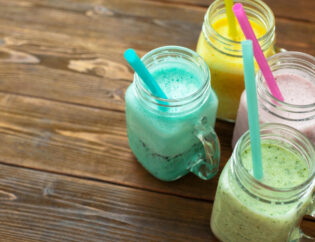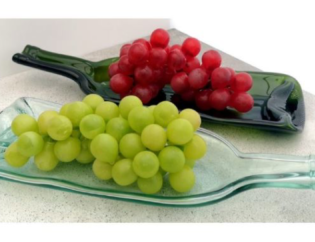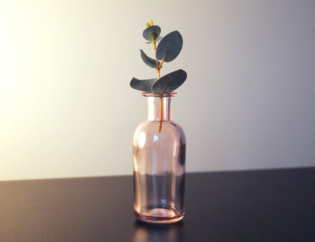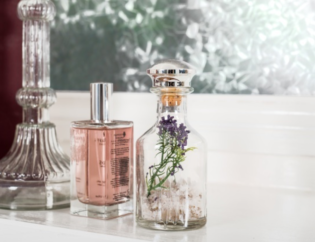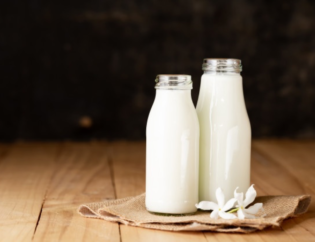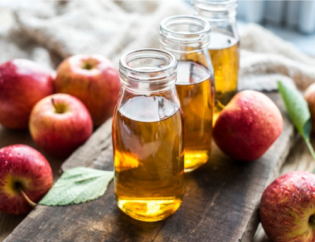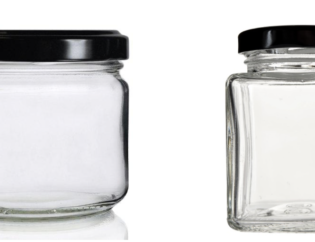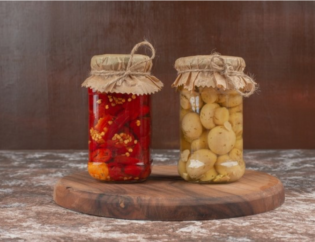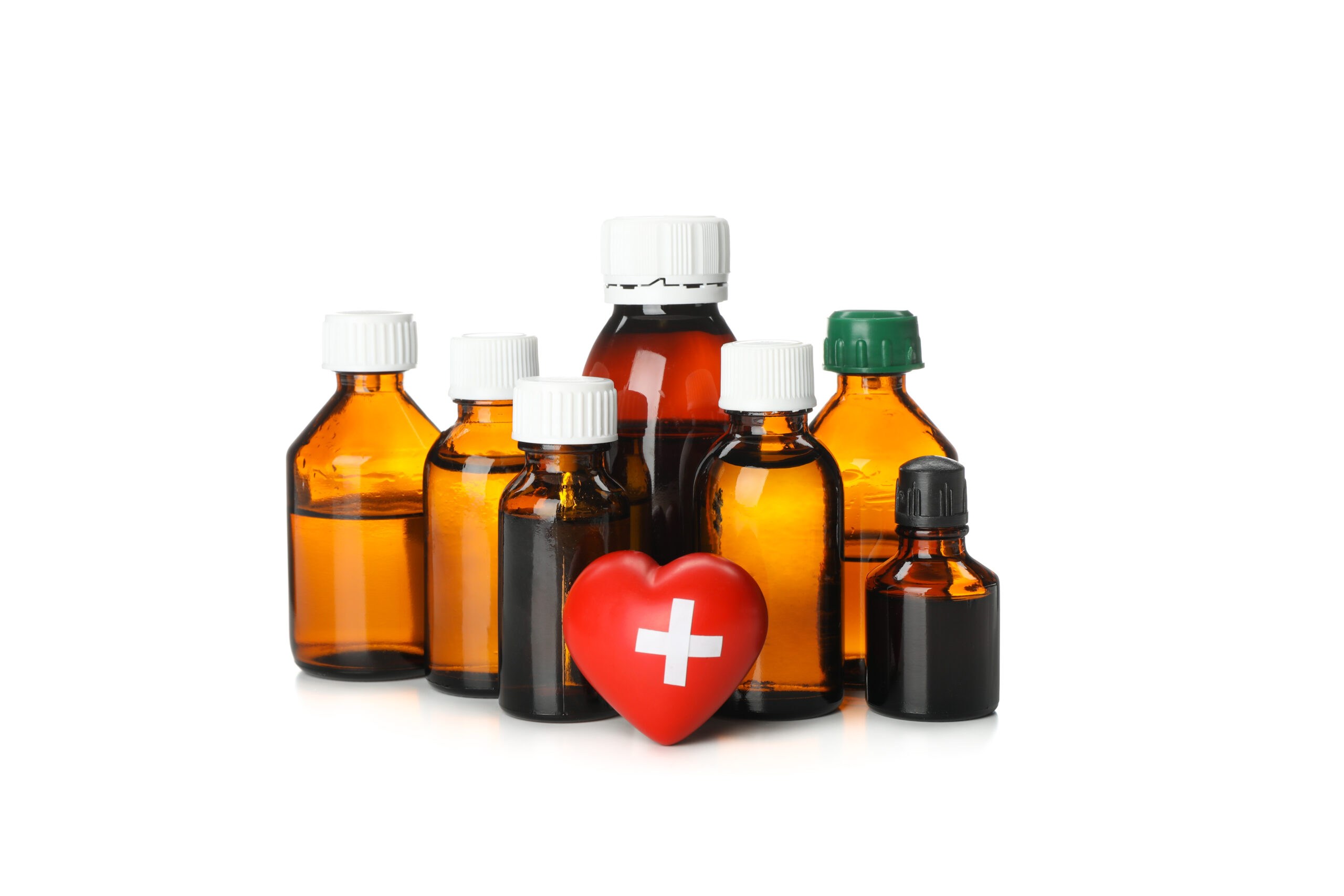
What makes this gorgeous brown glass so ubiquitous, and how does it come by its distinctive properties? What are the most common applications for it? We'll take a quick look at how amber glass is made, as well as how it helps preserve everything from beer to medicines.
Making of Amber Glass
Amber glass' special properties can be better understood if you have a basic understanding of how glass is made. glass is nothing more than heated sand liquefied and poured into a mould. This is how the process works in its simplest form:
- A very high temperature is applied to a mixture of sand, soda ash, and limestone.
- The molten mixture is coloured and modified by the addition of various materials while still hot.
- Using hands and machines, glass-blowers create a various bottle and cup designs out of liquid glass.
- After cooling, the glass takes on its new form.
Amber glass is made by melting iron, sulphur, and carbon together and adding it to the resulting molten mix. These ingredients give amber glass its well-known hue: a rich, dark umber that reminds many of a tasty brew. The amber glass protects the contents from light, so that's why it's dark.
Amber Glass Containers Have Numerous Advantages
Amber glass has several advantages that can be found in all types of glass. Some examples are as follows:
- Because glass is so chemically inert, nothing it stores will break down or leach chemicals from it.
- Glass is a low-cost material due to its composition of readily available raw materials.
- Tempering and the addition of various metals and minerals during production are simple ways to strengthen the glass.
- Metal conducts heat more quickly, but glass conducts heat more slowly. If you want your beverage to stay cold for as long as possible, opting for a glass is the way to go.
Amber glass, on the other hand, has a unique way of interacting with light, making it extremely useful:
- Amber glass, like some others, is entirely UV-blocking when used as a window or door pane.
- However, it does block blue light and all other light wavelengths below 450 nm, unlike the others. As a result, storing products that are sensitive to light is a breeze.
Amber glass is prized not only for its usefulness but also for the stunning colour and timelessness of its design. Amber glass can be found almost anywhere interior designers and decorators are trying to balance rustic and contemporary.
However, what is the commonplace applications for which this aesthetic appeal has arisen? Amber glass is still in use today in a variety of different ways. What other ways are people making use of this beautiful material?
Amber glass has a wide range of applications.
For products requiring protection from photooxidation, amber glass's light resistance makes it an excellent choice. Amber glass is the ideal barrier between the outside world and your delicate product, whether you're brewing or manufacturing pharmaceuticals. Some examples of its many applications are as follows:
- Amber glass, especially amber glass jugs, are often associated with beer, and this is no accident. Photooxidation degrades beer's key components, transforming them into a compound known as MBT, which gives sour beer its distinctive "skunked" flavour. Amber glass's ability to filter out light makes it an excellent choice for storing beer due to its light-filtering properties.
- Amber glass is also commonly used to store essential oils. Photooxidation can produce reactions that change the character of these oils, which are prized for their distinctive scents. Vanilla extract, for example, is commonly stored in amber glass because of this. Keeping oils in plastic containers is also a bad idea because some oils will leach if the plastic breaks down. Amber glass is ideal for storing essential oils because it is both protective and non-reactive.
- Some pharmaceuticals are protected with amber glass, which is essential. Pharmacy and apothecary products were once housed in amber glass vials. Until recently, all medications came packaged in amber glass bottles, including antibiotics, eye drops, and various tinctures. As a result of chemical leaching concerns from plastic bottles, many of these drugs are still packaged in amber glass bottles. As a result, it's famous for storing household remedies as well.


